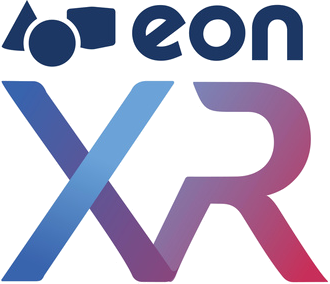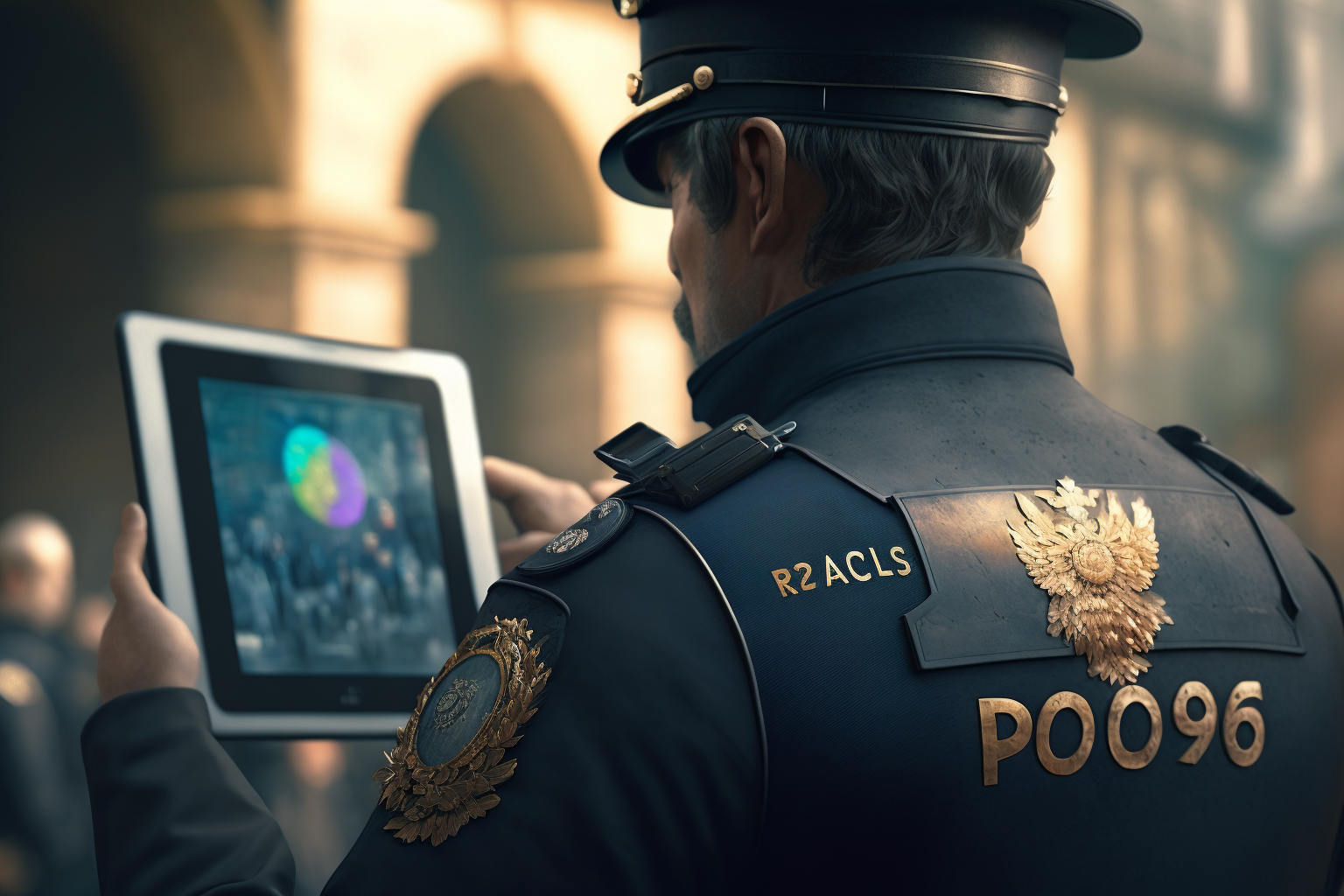A four stroke engine is a very common variation of an internal combustion engine. Most modern internal combustion-powered vehicles are four strokes, powered by either gasoline or diesel fuel. During engine operation, pistons go through four events to achieve each power cycle. The definition of an event is an up or down piston motion. Upon completion of the four events, the cycle is complete and ready to begin again.
What are the four events?
- Intake stroke: The piston moves downward to the bottom, this increases the volume to allow a fuel-air mixture to enter the chamber.
- Compression stroke: The intake valve is closed, and the piston moves up the chamber to the top. This compresses the fuel-air mixture. At the end of this stroke, a spark plug provides the compressed fuel with the activation energy required to begin combustion.
- Power Stroke: As the fuel reaches the end of it’s combustion, the heat released from combusting hydrocarbons increases the pressure which causes the gas to push down on the piston and create the power output.
- Exhaust stroke: As the piston reaches the bottom, the exhaust valve opens. The remaining exhaust gas is pushed out by the piston as it moves back upwards.
Understanding how this engine works and knowing some key related parts and terminology is important for working on any vehicle. In this lesson created by University for Business and Technology, students are introduced to basic four stroke engine parts, theory and terminology and understand the operating principles of four stroke internal combustion engines. Experience the hands on, immersive lesson for yourself today or browse through our archive of applications for more classroom inspiration!


















